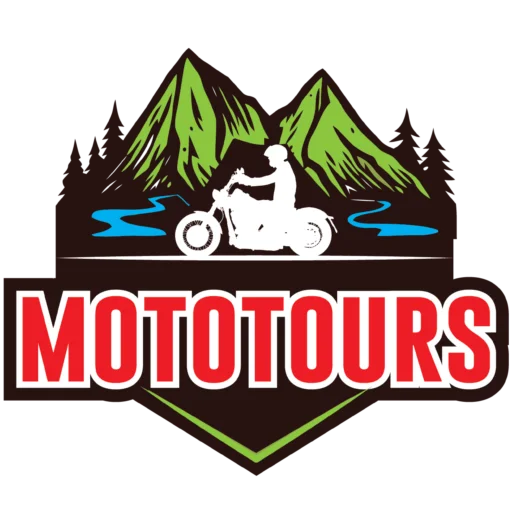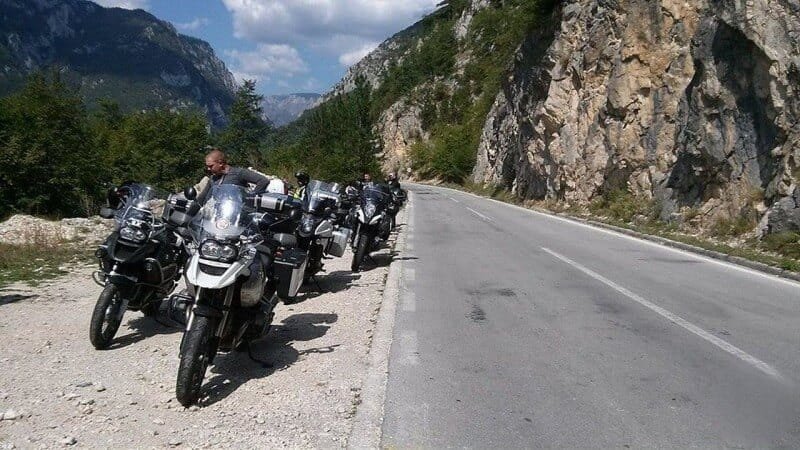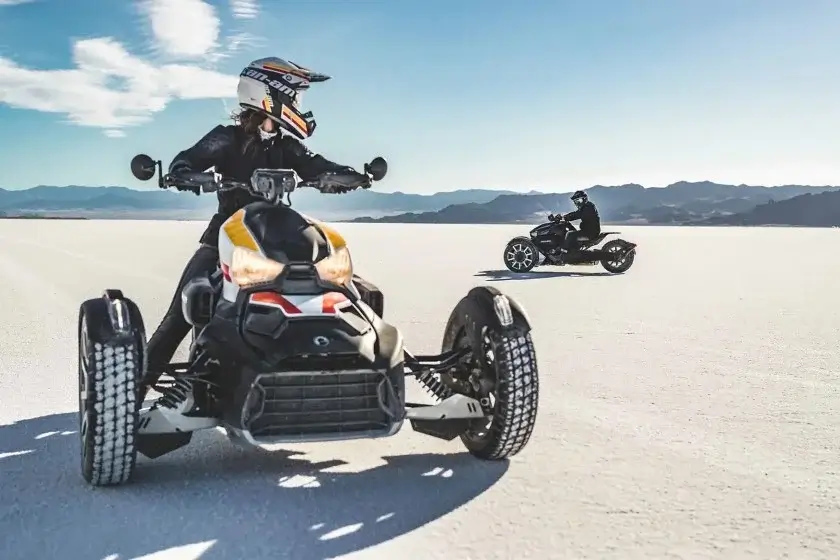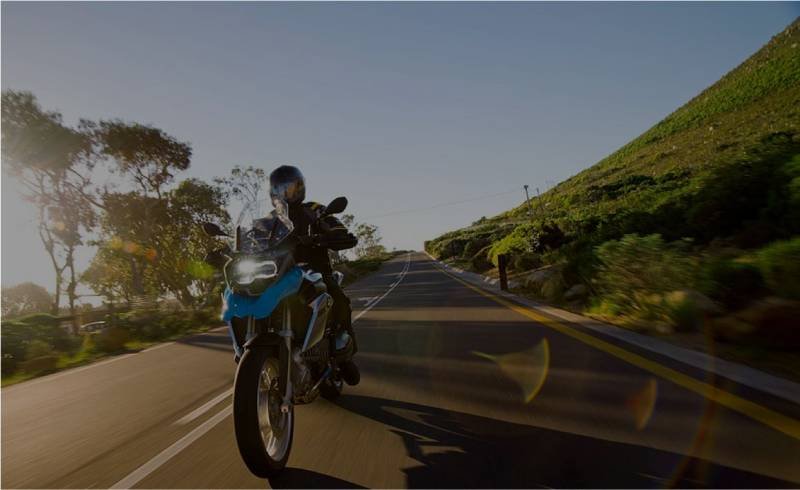Planning a motorcycle tour is an exciting adventure, but proper preparation can make the experience even more enjoyable and hassle-free. Whether you’re embarking on a solo journey or riding with a group, here are some essential tips to ensure a smooth and unforgettable trip.
Choosing Your Destination: More Than Just a Point on the Map
Before setting off on your journey, the first step is deciding on your destination. While the beauty of motorcycle touring often lies in the journey itself rather than the endpoint, having a defined destination can help structure your trip.
A clear destination allows you to estimate the total distance, determine how many days you’ll need, and decide what gear to pack. It also helps in route planning, accommodation booking, and ensuring that your motorcycle is ready for the road ahead.
Planning the Best Route: Embrace the Scenic Roads
Avoid long, monotonous highways whenever possible and instead opt for winding roads with scenic landscapes. Highways may be faster, but they lack the thrill and beauty of backroads and mountain passes.
Use a detailed map or digital tools like Google Maps or a motorcycle GPS to find the most interesting and enjoyable roads. Researching the route beforehand helps you identify fuel stops, accommodation options, and potential challenges such as road closures or extreme weather conditions.
If you’re unfamiliar with a particular route, consider checking online forums or social media groups for insights from other riders. Local riders often have the best recommendations for hidden gems and lesser-known roads that offer a fantastic riding experience.
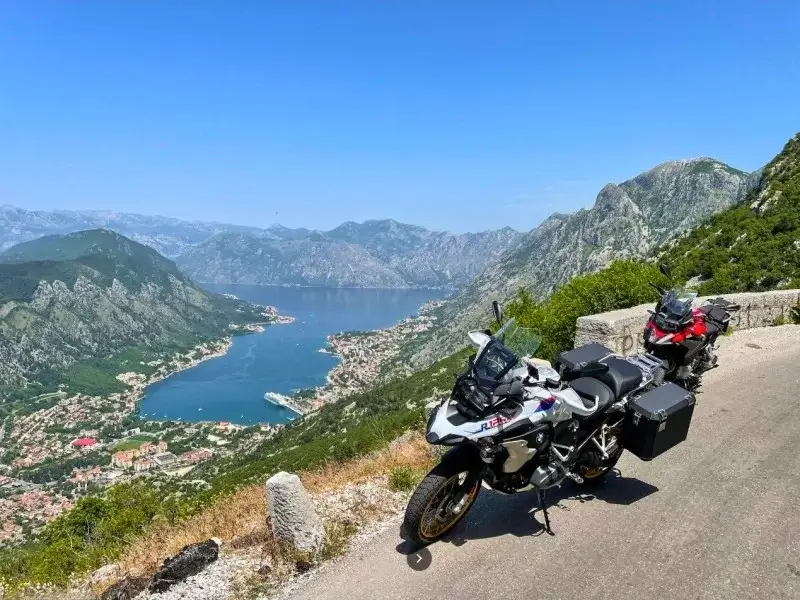
Using GPS and Navigation Tools
While planning your route, make sure to save it on your GPS or smartphone. Many modern motorcycle GPS devices allow you to upload custom routes, ensuring that you stay on track even in areas with poor cell reception. If using a smartphone, consider apps like Google Maps, Waze, or specialized motorcycle navigation apps such as BMW Motorrad Connected or REVER.

Fuel Planning: Avoid Running on Empty
Understanding your motorcycle’s fuel consumption is crucial, especially if you’re traveling through remote areas with limited gas stations. To calculate your bike’s fuel range, start with a full tank, ride at your planned touring speed for a set distance, then refuel and note how much fuel you used.
Once you know how many kilometers per liter your bike consumes, plan your fuel stops accordingly. As a general rule, always plan to refuel before reaching the last 20% of your tank’s capacity to avoid getting stranded. If you’re riding through rural areas, this could mean adjusting your route slightly to ensure access to fuel.
Packing Smart: What to Bring and What to Leave Behind
When traveling by motorcycle, space is limited, so packing wisely is essential. Plan ahead what to pack for your motorcycle tour – avoid overpacking by bringing only the essentials and selecting lightweight, multi-purpose gear.
Key items to pack:
- Riding Gear: Helmet, gloves, protective jacket, pants, and boots.
- Weather Protection: A compact rain suit, waterproof gloves, and a neck warmer.
- Emergency Kit: A small tire repair kit, multi-tool, duct tape, and zip ties.
- Personal Essentials: A minimal set of clothing, toiletries, and necessary medications.
- Snacks & Water: Staying hydrated and having a quick energy boost available is important on long rides.
Ensure that your luggage is evenly distributed to maintain balance. If using saddlebags, pack them with equal weight on both sides. Double-check that all luggage is securely fastened to prevent shifting during the ride.

Keeping Someone Informed About Your Journey
Riding in a group is often safer and more enjoyable than riding solo. However, if you plan to travel alone, always inform someone about your route and expected arrival times. Share a rough itinerary and check in periodically via text or phone call.
Even a simple text update at the end of the day can provide peace of mind to loved ones and be a critical safety measure in case of an emergency.
Riding in a Group: Safety and Fun Combined
If you’re touring with friends, establish some basic group riding rules before setting off. Agree on hand signals, rest stop intervals, and a general pace that suits everyone. Consider using Bluetooth communication systems to stay connected on the road, making navigation and coordination easier.
Group riding also allows for shared responsibilities such as navigation, spotting road hazards, and capturing great travel photos.
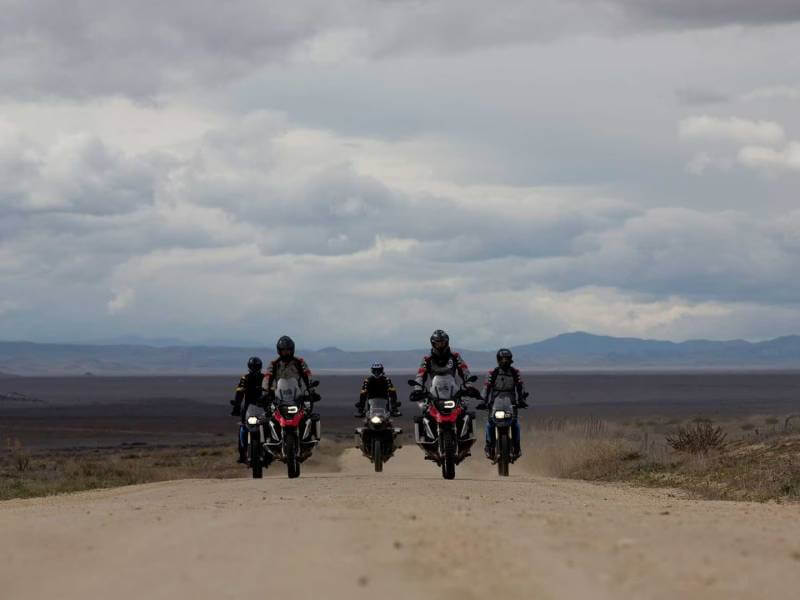
Pre-Ride Motorcycle Inspection: Safety First
Before any long ride, a thorough check-up of your motorcycle is essential. Whether riding your own bike or renting one, inspect the following:
- Tires: Check tread depth and ensure proper inflation.
- Fluids: Confirm adequate levels of engine oil, brake fluid, and coolant.
- Brakes: Test front and rear brakes for responsiveness.
- Lights: Ensure headlights, taillights, and turn signals are working.
- Chain & Drive: Lubricate and adjust the chain as needed.
A well-maintained motorcycle reduces the risk of breakdowns and enhances overall riding safety.
Being Flexible: Expect the Unexpected
Even with meticulous planning, unexpected events can occur, such as road closures, bad weather, or mechanical issues. Stay flexible and adaptable – sometimes the best routes are the ones you never planned for.
If you need to adjust your route, notify anyone expecting an update on your location. Keep an open mind and enjoy the adventure, knowing that unplanned detours can lead to some of the most memorable riding experiences.
Final Thoughts: Enjoy the Ride
A well-planned motorcycle tour is all about balancing preparation with spontaneity. By choosing a great route, preparing your bike, packing smart, and staying flexible, you’ll set yourself up for an incredible adventure on two wheels.
So, gear up, hit the road, and most importantly – enjoy every mile of your journey!
